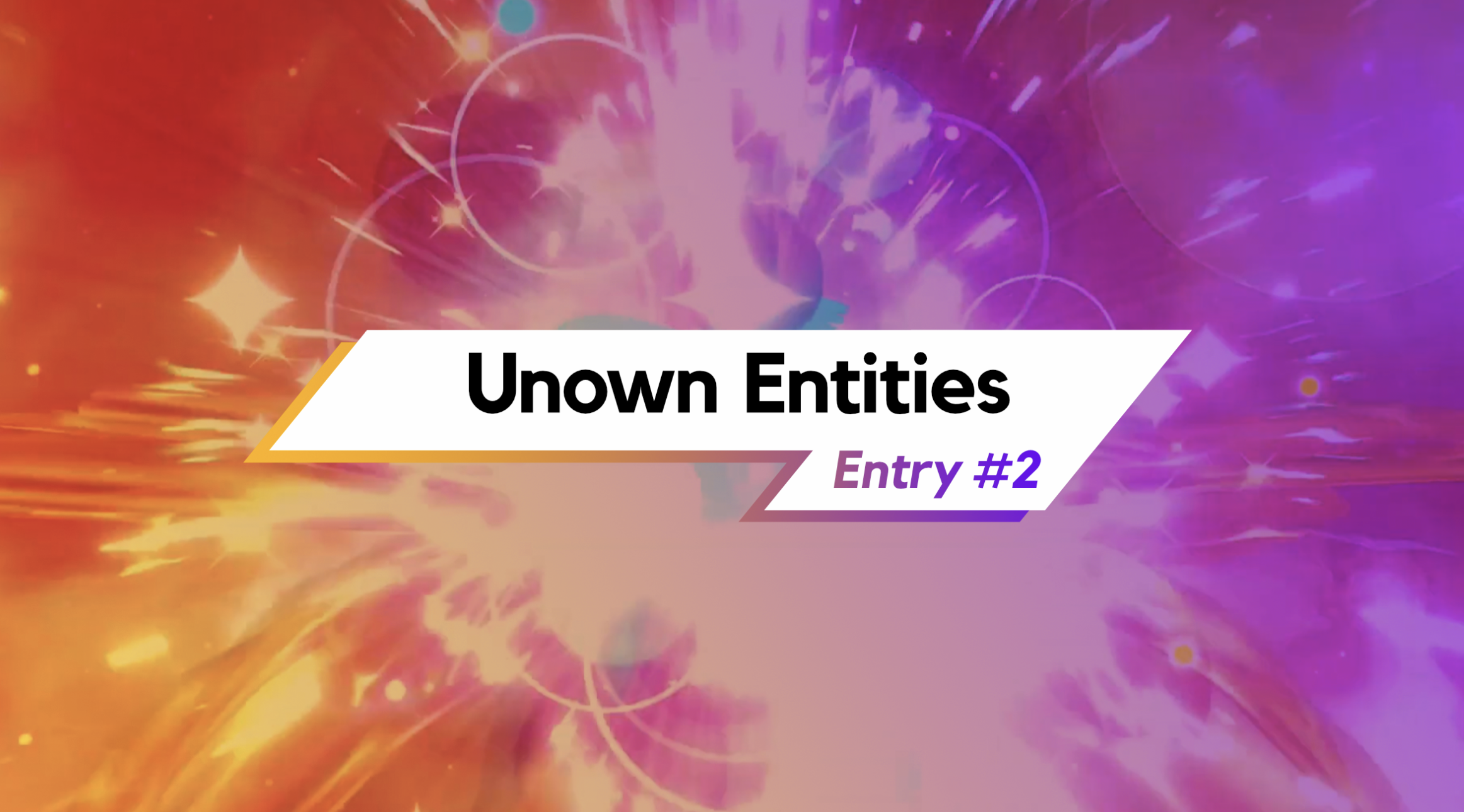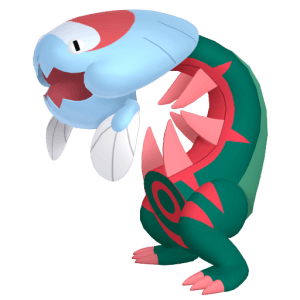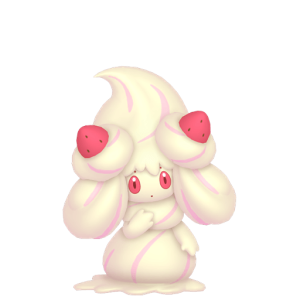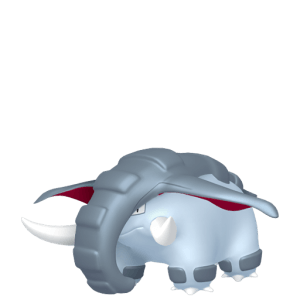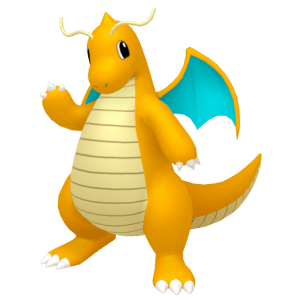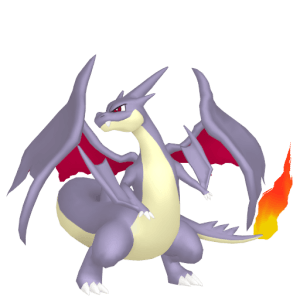What helped separate Pokémon Red & Blue from contemporary RPGs was its sense of growth and accomplishment allowed by its evolution mechanic. A mechanic that would help define the series to become the one we know and love today.

Pokémon could, upon either reaching a level threshold or satisfy certain conditions, transform their appearance was not only a convenient marker of progress for its young audience but gave the Pokémon a degree of personality and attachment not seen in other RPGs: it takes a lot to raise that small LV. 15 Dratini into a powerhouse LV. 55 Dragonite, but the effort is worth it once you earn that big friendly dragon that per its Pokédex entry can circle the earth in sixteen hours (no wonder there weren’t any planes until Generation V; Dragonite had a total monopoly on air travel).
Dragonite also represents a limit case for the original 151 Pokémon; its high-level threshold for evolution from Dragonair (the highest in Gen I) meant that it likely wouldn’t evolve until endgame. Since the game rewarded you for such persistence, players began to wonder if that same persistence could be applied to other Pokémon too. But to what end? A new move? A profound alteration in stats? A change in typing? Could there be, dare we say it, evolutions beyond even third-stage Pokémon?
The answer, at least at this point in the series’ history, is a hard ‘no.’ But that’s what Unown Entities is all about, sorting fact from fiction in the wider context of Pokémon’s earth-shattering popularity. And today we’re examining the legend of the Secret Evolutions. These Pokémon are part of the wider group of Fakemon that circulated during the 1990s, commonly known as PokéGods, of which there are too many, so this week’s installment will specifically engage with evolutions of pre-established Pokémon.
And we start, appropriately enough, with the starter Pokémon. The Kanto trio were especially prone to this sort of hearsay, perhaps second only to Mew/Mewtwo, Eevee and Pikachu; perhaps unsurprisingly all of these Pokémon, all wildly popular and strongly associated with the series, make it on the list in one way or another. Venusaur, Charizard and Blastoise were said to evolve into Sapusaur, Charcolt and Rainer respectively (see artist’s impression below).

Actually securing these evolved forms was another matter entirely. Suggestions include raising them to some obscenely high level, cancelling their evolution a requisite number of times or giving them a hitherto-unmentioned evolutionary stone (commonly referred to as a Mist Stone). Naturally, all these methods are exercises in futility; the first two require a major degree of repetition to meet a hazily-defined target whereas the last item is simply impossible to procure in-game.
Other Pokémon said to receive a new evolution included the one and only Mewtwo, who supposedly obtained a heavily-armoured design nicknamed ‘Mewthree’. This one was easily refuted, as it was an assumption based on photos of the heavily-armoured Mewtwo from the opening minutes of the as-yet unreleased Pokémon: The First Movie. On a related note, these rumours experienced a renaissance of sorts when Armoured Evolution was touted as a possible gameplay feature in the upcoming Pokémon Sword and Shield in early leaks; the cross-promotional appeal afforded by Mewtwo Strikes Back: Evolution gave further weight to this idea. Alas those who forget the past are condemned to repeat it as the Armoured Evolution idea was quashed under a Dynamax-sized boot following the June 5th 2019 edition of Pokémon Direct. Such is life. Pretend life.
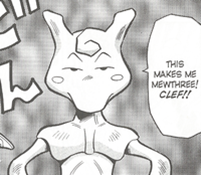
To conclude this cavalcade of conspiracies are another pair of evolutions for pre-existing Pokémon: Flareth and Dimonix. The former is a Ridley-inspired Pyro Pokémon with a wide pedigree. It evolved from various Fire-types; its pre-evolutions covered the entirety of all fully-evolved Fire-type Pokémon (with the possible exception of Moltres). The other, Dimonix, was straightforward enough by comparison – the Rare Stone Pokémon, it was an evolution of Onix that lived close to the Earth’s core – though evolving it involved usage of that ever-obscure Mist Stone or trading it an arbitrary number of times. Flareth meanwhile required speaking to NPCs with a particular selection of Pokémon in your party (typically the Legendary Birds), completing the Pokédex or finding an important item for an NPC. All of which, of course, were near-impossible or outright impossible to accomplish.
There is a curious foreshadowing behind these Pokémon; Flareth’s phoenix design prefigures the existence of Ho-Oh (which, thanks to the anime, many were aware of before Pokémon Gold & Silver were released) whereas Dimonix obviously (if accidentally) predicts the creation of Steelix and later, Mega Steelix. And as some of you are likely thinking right now, the aforementioned starter evolutions echo the creation of Mega Evolution. While the development team likely didn’t have these would-be Pokémon on their mind while developing the mechanic, that the Mega Stones are exceptionally hard to come by in their debut (being hidden at a particular time of day in incredibly obscure locations) reflect the often whimsical logic used in finding these mirage Pokémon back in the day.
Leave your thoughts about these and other fake evolutions that were rumored to exist in the early days of the franchise in the comments below! Or join us on Discord for discussions about Pokémon Sword & Shield.

